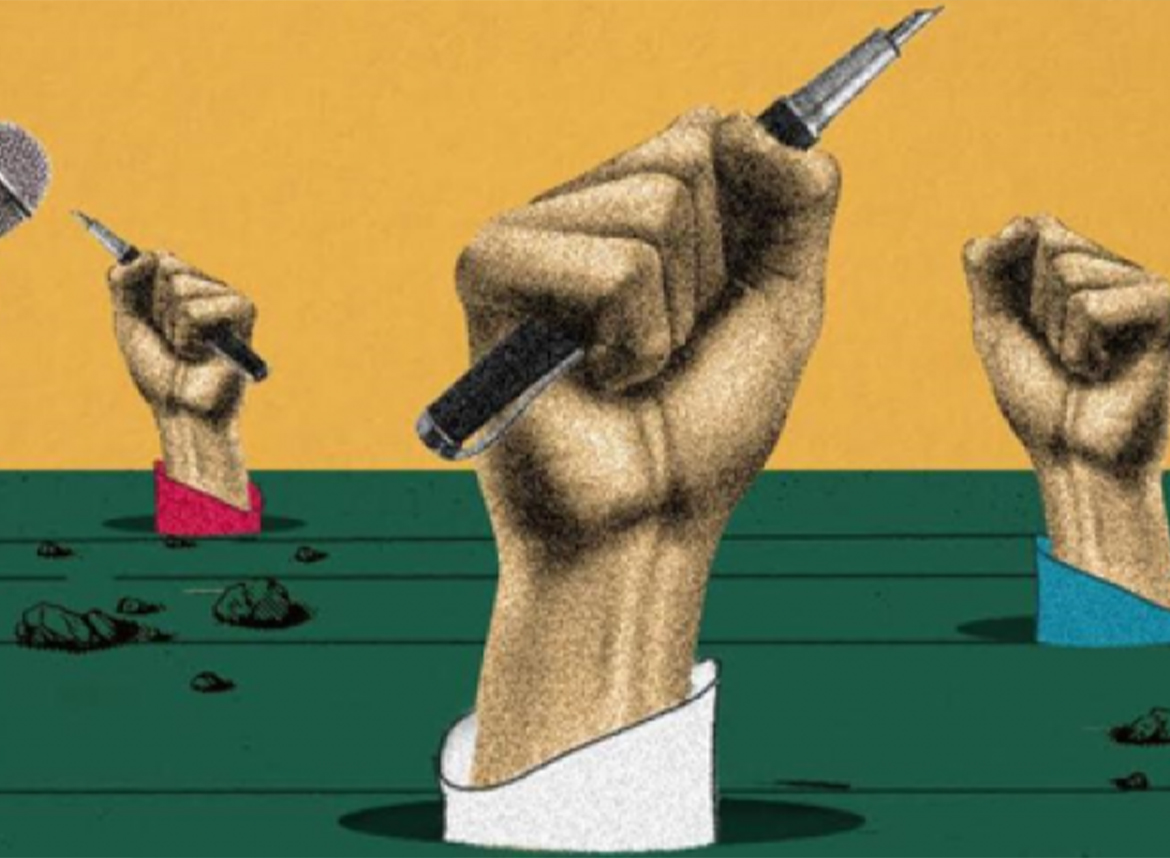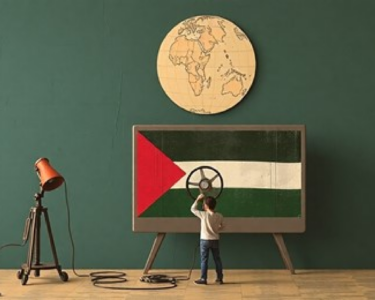Freedom of the press is a vital tenet of democracy, often cited as a measure of a society’s openness and its leaders’ commitment to accountability. In South Asia, a region of vast diversity, thriving cultures, and burgeoning democracies, the press has historically played an influential role in social reform and in challenging oppressive power structures. Journalism in countries like India, Pakistan, Bangladesh, Sri Lanka, and Nepal has long served as a voice for the marginalized, a check on corruption, and a catalyst for public debate. Yet, journalists in this region face an increasingly challenging environment marked by threats, censorship, and political pressure. These forces jeopardize their ability to report freely. However, amidst these obstacles, there are also promising opportunities to bolster press freedom, nurture independent media, and build public trust in journalism.
The challenges to press freedom in South Asia are multifaceted. Governments in the region frequently employ censorship, both overt and covert, to silence dissent. The use of legal instruments such as anti-terrorism laws, sedition charges, and defamation suits has become a common tactic to stifle critical reporting. In Bangladesh, for instance, the Digital Security Act is often wielded against journalists and activists, leaving many to practice self-censorship to avoid prosecution. Speaking on the critical role of the press, Thomas Jefferson once said, “Our liberty depends on the freedom of the press, and that cannot be limited without being lost.” However, in places like Bangladesh, journalists risk losing their voices entirely if they dare to challenge powerful interests.
In India, the largest democracy in the world, the challenges are complex. Journalists reporting on issues deemed “anti-national” or politically sensitive frequently find themselves facing serious legal consequences. This climate of fear discourages reporters from investigating or exposing corruption and abuse of power. “Freedom of the press is not just important to democracy; it is democracy,” said U.S. journalist and author Walter Cronkite. In India, the suppression of media restricts the public’s ability to access a diversity of views, stifling the very essence of democratic engagement. While Indian media operates in a comparatively freer environment than some of its regional counterparts, self-censorship is a growing issue, and pressures on journalists have intensified.
Beyond censorship, the safety of journalists is a pervasive concern in South Asia. In countries like Pakistan and Afghanistan, reporting on controversial issues can be perilous. Journalists face intimidation, harassment, and in severe cases, physical violence. In Pakistan, for example, reporters investigating issues related to the military or religious extremism often encounter threats that are ignored or even sanctioned by authorities. Afghanistan’s media environment has deteriorated drastically under Taliban rule, with severe restrictions imposed on journalists, particularly those covering women’s rights and human rights issues. The dangers they face highlight the courage it takes to pursue journalism in South Asia, and as Nelson Mandela famously remarked, “A critical, independent and investigative press is the lifeblood of any democracy.” In countries where journalists’ lives are constantly at risk, it is democracy itself that suffers.
Economic pressures add another layer of complexity to the struggle for press freedom in South Asia. Media organizations in the region often rely on advertising revenue from corporations with close ties to political power or directly from government sources. In India and Sri Lanka, for instance, political leaders are not averse to using advertising budgets as leverage to reward supportive media outlets and punish critical ones. This economic dependence limits the independence of news organizations, forcing some outlets to cater to government agendas to ensure financial survival.
Amid these daunting challenges, there are, however, significant opportunities to strengthen press freedom in South Asia. One promising development is the rise of digital and independent media platforms, which have provided new ways for journalists to reach audiences. As internet access spreads, digital news sites, podcasts, and social media channels allow reporters and citizens alike to participate in conversations that might otherwise be silenced. In recent years, social media has become a powerful platform for exposing injustices and amplifying issues that mainstream media may shy away from. Although these digital platforms still face government crackdowns and restrictive regulations, they remain a comparatively freer space for discourse and critical reporting. “Journalism is printing what someone else does not want printed; everything else is public relations,” George Orwell famously stated. South Asia’s digital platforms are embracing this mandate, creating a path forward for free expression and holding power to account.
International organizations also play a pivotal role in supporting press freedom in the region. Groups such as Reporters Without Borders, the Committee to Protect Journalists, and the International Federation of Journalists actively bring international attention to abuses against journalists, providing financial and legal resources. Regional alliances between South Asian journalists’ unions and press freedom advocates have also emerged, creating networks that offer journalists a layer of protection against state or corporate pressures.
Public support for independent journalism represents another avenue to fortify the press. As trust in state-controlled or corporate-backed media declines, citizens are increasingly seeking out independent sources for credible information. Crowdfunding and subscription models are gaining traction in South Asia, enabling media outlets to maintain financial independence without compromising editorial integrity. Educating the public about the importance of a free press is essential to sustaining these efforts. When people understand the role of journalism in holding power to account and upholding democratic values, they are more inclined to support outlets that adhere to these principles.
While the path to true press freedom in South Asia is fraught with obstacles, the resilience of journalists in the region continues to inspire hope for a more open and accountable media environment. Each challenge—whether censorship, threats, or financial dependence—shows the press’s powerful role in promoting transparency and reform.




